Study in Australia
Studying in Australia can be a great opportunity for international students. Australia offers a high-quality education system, a diverse and multicultural environment, and excellent post-study work opportunities.
Students in Australia
4,042,512
Total students enrolled
613,327
Total Int. Students
96,000
Total Students from India
2000K
Total STEM Students
43
Universities
40K AUD-90K AUD
Average Salary
213,748
UG Int. Students
167,452
PG Int. Students
Top Australian Admits Received By Our Students
Why Study in the Australia ?
High-quality education
Wide Range of Courses
Global Recognition
Innovative Research Opportunities
Multicultural Environment



Student Support Services
Part-Time Work Opportunities
Quality of Life
Scholarships and Financial Assistance
Gateway to the Asia-Pacific Region
Popular Destinations to Study in Australia
-
Melbourne
-
Sydney
-
Brisbane
-
Perth
-
Adelaide
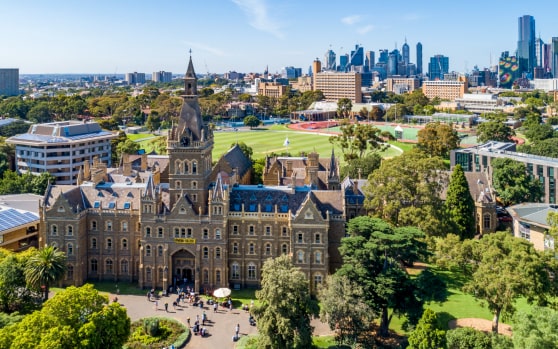
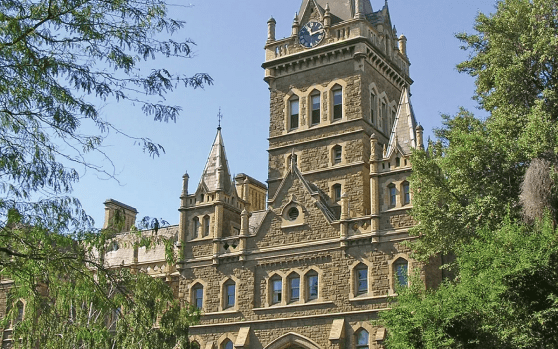
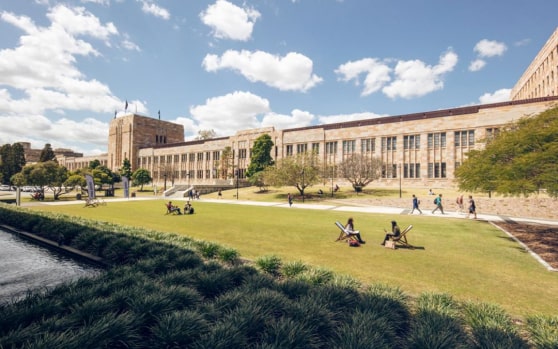
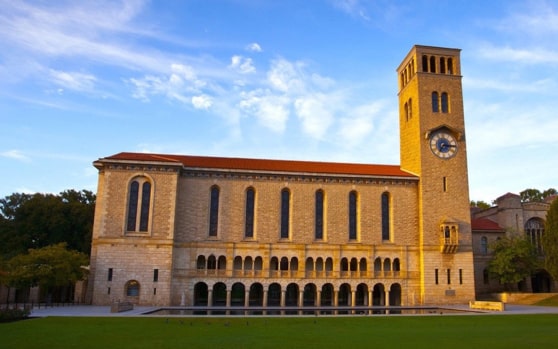
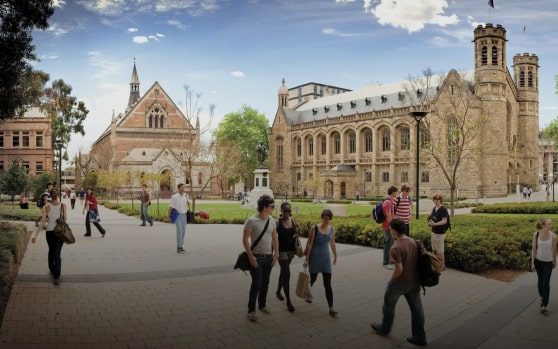
Popular Universities in Australia
EduNirvana in Australia

Tanya Saxena
MCOM Finance

Aryan Sharma
Bachelor in International Hotel & Resort Mgt
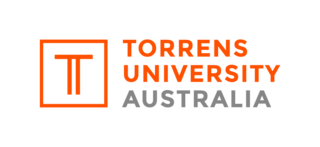

Parineeta Datre
Masters in Economics

Abhimanyu Singh
MBA
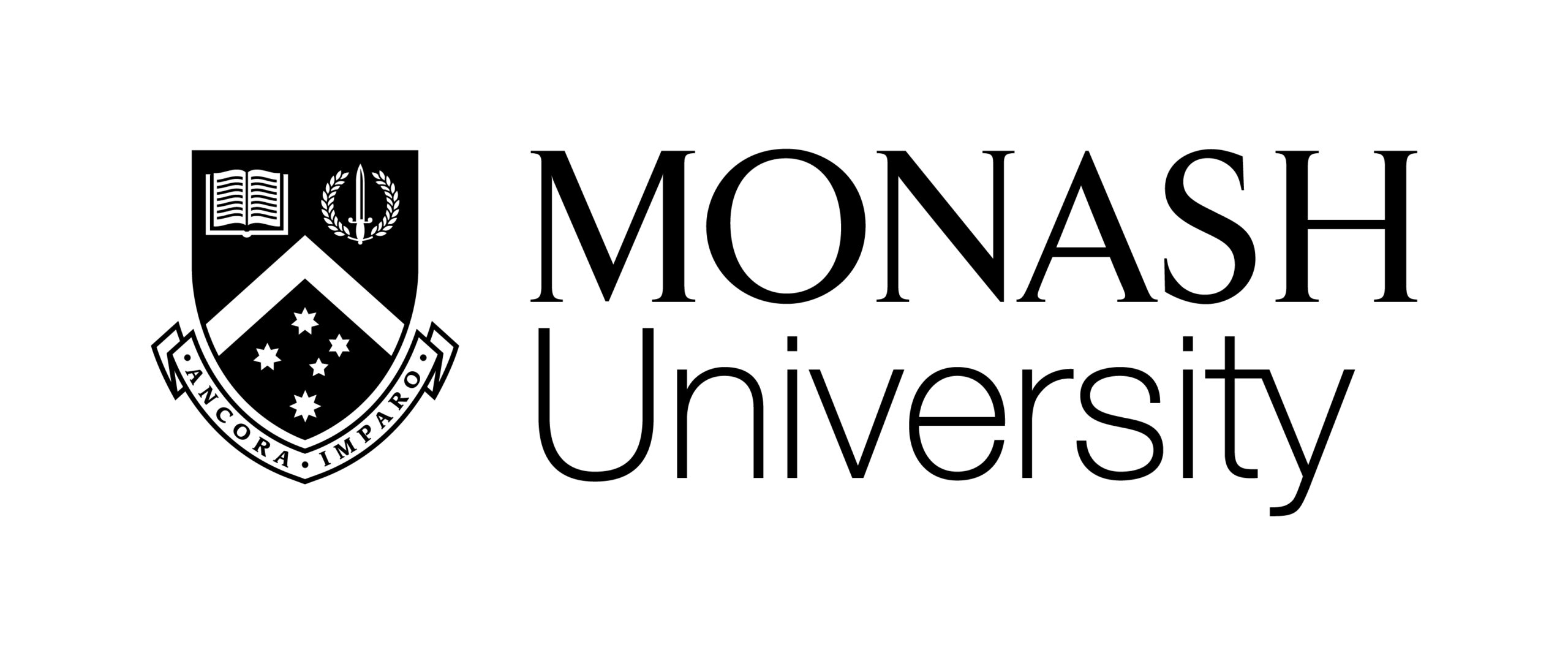

Shubham Verma
ME In Engineering (AE)
How to Study in Australia?
-
Admission Requirements
-
Intake
-
Jobs & Internships
-
Visa Requirement
Graduate/Undergraduate
In Australia, universities generally have two main intakes for undergraduate and postgraduate programs. However, it's important to note that the exact intake availability can vary between universities and programs. Here's a general overview:
Summer Intake:
The main intake for most programs in Australia begins in Semester 1, which usually starts in February or March. The application period for the Semester 1 intake generally opens several months in advance, around August or September of the previous year. It is advisable to submit your application by the deadlines set by the respective universities, which may vary.
Spring Intake:
Australia offers a range of job opportunities for international students who have completed their studies. Here are some key points to consider regarding job opportunities after studying in Australia:
Temporary Graduate Visa (Subclass 485):
The Temporary Graduate Visa allows international students who have completed at least two years of study in Australia to work full-time in the country for a specified period. The visa has two streams: the Graduate Work stream and the Post-Study Work stream. The Post-Study Work stream is particularly beneficial as it allows graduates from eligible higher education institutions to work in Australia for two to four years, depending on the level of qualification attained.
Job Search Resources:
Utilize online job portals, career websites, and professional networking platforms such as LinkedIn to search for job opportunities in Australia. Many employers advertise their vacancies on these platforms, and networking can be crucial for connecting with potential employers and industry professionals.
Career Services at Universities:
Take advantage of the career services provided by your university. They can assist you with resume writing, interview preparation, and connecting with industry contacts and job opportunities.
Professional Year Programs:
Professional Year Programs are available in Australia for international students who have completed a degree in accounting, engineering, or information technology. These programs provide additional professional training and work experience, which can enhance your employability in the Australian job market.
Industry Internships and Work Placements:
Seek out internships and work placements during your studies or after graduation to gain practical experience and establish connections in your field. Many universities and industry organizations in Australia offer internship programs or can provide guidance on finding relevant work experience opportunities.
Networking and Job Fairs:
To apply for a student visa to study in Australia, you will need to provide a set of documents to support your application. Here is a list of typical documents you may need to provide:
-
- Electronic Confirmation of Enrolment (eCoE)
- Valid Passport
- Visa Application Form
- English Language Proficiency
- Academic Documents
- Overseas Student Health Cover (OSHC)
- Financial Documents
- Statement of Purpose
- Health and Character Documents
- Port of Entry (POE) Letter
- Visa Application Fee
Our Loan Partners




Our Forex Partners
Our Accommodation Partners
Inspiring Journeys to Success
"I am over the moon with the incredible outcome EduNirvana provided me.
Receiving an offer letter and visa from the University of Sydney
for finance felt like a dream come true.
Despite my constant questions and exasperation,
they handled everything with utmost security, certainty,
obligation, and morality towards my future.
Pranay Sir's guidance was unmatched in handling my panicking skills. Thanks a ton! 😊"
-Tanya Saxena MCOM Fiance
"In my short time with EduNirvana, I found Pranay sir to be an incredible mentor,
supporting me through every step, from selecting the right university to acing IELTS.
This journey with EduNirvana has been transformative,
helping me develop as an individual and enhance my competencies.
I'm grateful to be a part of this organization that truly lives up to its vision of "Enlightening Careers."
-Abhimanyu Singh RaghavMBA
FAQs
Here are some frequently asked questions about studying in the Australia
What are the entry requirements to study in Australia?
Entry requirements vary depending on the level of study and the university or institution you are applying to. Generally, you will need to meet academic requirements, English language requirements, and visa requirements.
What are the English language requirements to study in Australia?
Most universities in Australia require international students to demonstrate proficiency in English by taking an English language test such as IELTS, TOEFL, or PTE. The minimum required score will depend on the university and program you are applying to.
How do I apply to study in Australia?
You can apply to study in Australia directly through the university or institution’s website. You will need to submit an application form, academic transcripts, English language test results, and other supporting documents.
How much does it cost to study in Australia?
The cost of studying in Australia varies depending on the university, program, and level of study. On average, international students can expect to pay between AUD $20,000 to $45,000 per year for undergraduate programs, and between AUD $22,000 to $50,000 per year for graduate programs.
Can I work while studying in Australia?
International students in Australia are generally allowed to work up to 20 hours per week during the academic year and full-time during scheduled breaks. However, you will need to check the conditions of your visa to confirm your work entitlements.
How do I apply for a student visa to study in Australia?
To apply for a student visa to study in Australia, you will need to apply online through the Australian Government’s Department of Home Affairs website. You will need to provide evidence of enrolment in a registered course, proof of financial capacity, and meet health and character requirements.








